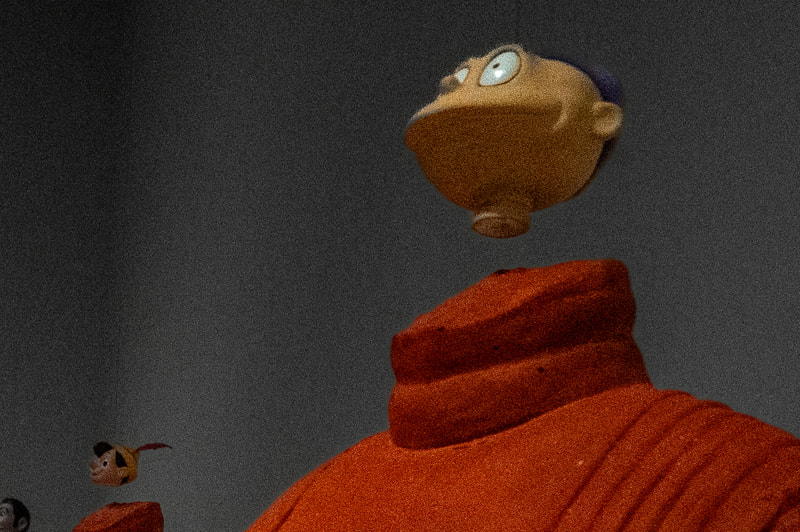|
I will admit it, I have been wrong about using Auto ISO. If you attended one of my DSLR Basic Photography classes, I preached that you should always control the ISO setting and taught my ISO Escalator. I am now a convert to using Auto ISO and replacing the ISO Escalator, goodbye old friend. For those who don’t know what the ISO Escalator was, it was a method for determining and selecting the proper ISO in low-light situations. However, one of the principles remains, setting the camera in Shutter Priority (“Tv” or “S” on the mode dial). Shutter Priority locks in your preset shutter speed, which can prevent blurred or unsharp images, instead the camera adjusts the aperture automatically, to ensure a proper (or close to correct) exposure. After changing the mode dial, select a shutter speed that will stop the action or allow you to hand-hold your camera. Usually, a 1/60th shutter speed will stop most action and shake, however, a higher value may be necessary for faster action, or shakiness from too much coffee. In my ISO escalator, you would take test pictures at different ISO settings, until the photo exposure was to your liking. However, with advances in ISO technology and Denoise tools (ie Lightroom has a great AI Denoise tool), there is less need to worry about higher ISO settings.
Auto ISO can be set using the same menu for changing ISO settings. With your shutter speed set, you can just enjoy photography, focusing on your composition, knowing that your exposure is being handled by your camera. As the light changes, the ISO will automatically adjust, increase, or decrease the value.
Suggestion: Always take a brief look at your photo image on the backscreen to ensure the exposure is correct. Use Auto ISO in low-light situations such as museums, restaurants, and indoor plays and sports. In addition, use Auto ISO when shooting street photography, where the light can change from bright sun to dark shade when turning a street corner. Once again, set your camera to Shutter Priority and select an appropriate shutter speed, for instance, 1/125. Manual Mode and Auto ISO: If you want to control both your shutter speed and aperture, you can use Auto-ISO to maintain balance in the “exposure triangle”. For instance, you might select 1/125 shutter speed and want a mid-range (f8) aperture for your street photography. Noise: We mentioned “noise”, a subtle to great degradation in image quality often due to increasing in ISO, caused by many technical factors, too complex to discuss here. In B/W film photography, we often embraced this “grainy” look, and will sometimes increase this in digital b/w photography. However, often we want smooth clean images, especially for large prints, so AI comes to our aid. Lightroom has a feature called AI Denoise, and Topax Photo AI is another option for removing noise in your images. In addition, newer cameras are better able to handle high ISO. Last note, we have noted that with Shutter and Aperture priority, the exposure will be close to correct. The optimal exposure may be a “stop” or “partial stop” difference because the light meter in your camera usually takes an average for the given light situation. A “stop” is one shutter speed or aperture in either direction. In conclusion, you can retire the ISO Escalator and embrace Auto-ISO to enhance your photography. Hey, we are still learning even after ten years of teaching. An article that can further explain Auto-ISO, How to Use the Auto ISO Setting in the Best Possible Way | Fstoppers My classes and Adventure Workshops mentioned in the article included:
0 Comments
|
Categories
All
|
|
© 2024 River Town Creative, LLC - /dba Photography by Stephen Harris - All Rights Reserved
|


